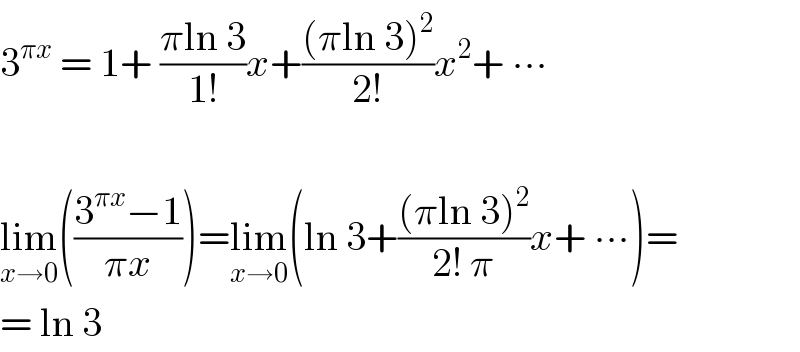
Question and Answers Forum
Question Number 107124 by Khalmohmmad last updated on 08/Aug/20

Answered by mathmax by abdo last updated on 08/Aug/20

Answered by JDamian last updated on 08/Aug/20

| ||
Question and Answers Forum | ||
Question Number 107124 by Khalmohmmad last updated on 08/Aug/20 | ||
 | ||
Answered by mathmax by abdo last updated on 08/Aug/20 | ||
 | ||
| ||
Answered by JDamian last updated on 08/Aug/20 | ||
 | ||
| ||